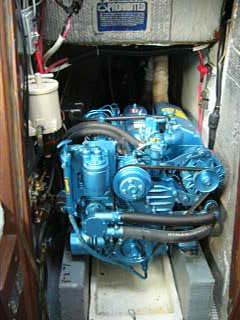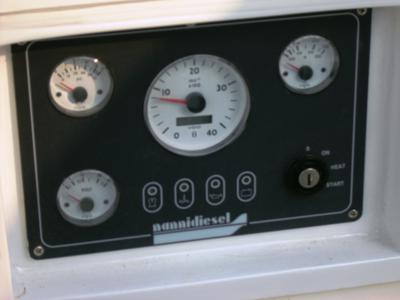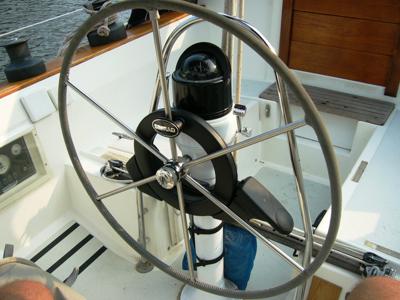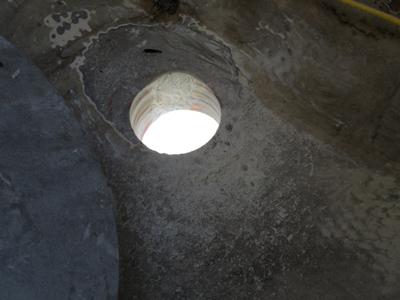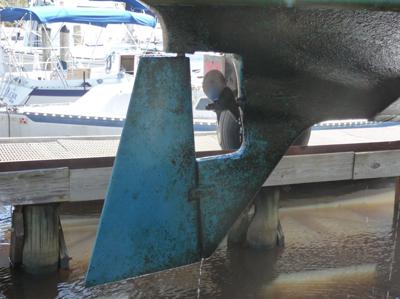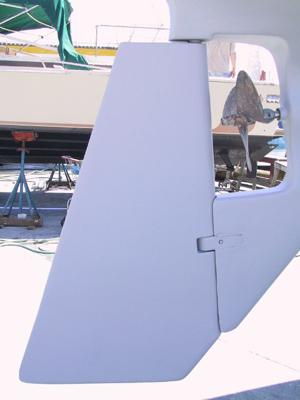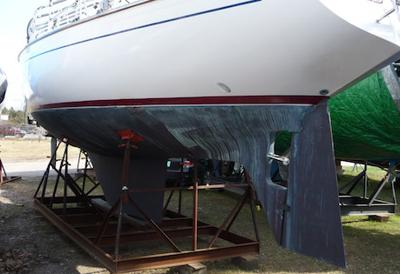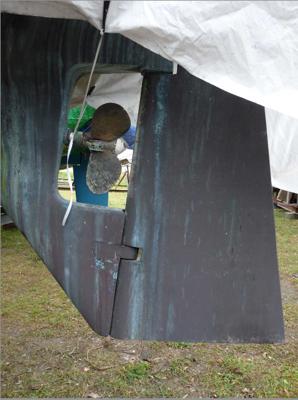Hey gang,
I have only seen one or 2 guys who have repowered their older 382's.
I'm in a dilemna here - 25 yr old Yanmar 3QM30F that did well for me on 2 trans-At's and from the Carib all the way back to the Chesapeake. It became quite a chore to fight the rusting. Now the actual rear engine seal is leaking (I replaced the tranny seal)...
so I called around for a rebuild - average price in this area has been $4800 not including pull and install.
I've searched the web ad infinitum until the wee hours of several nights and really can't decide what to do.
A completed rebuild and installation with quite a bit of my particapation will run around $5-6k.
I've got a deal offered on a Nanni Kubota based engine for $7k.
Homework says that Beta, Vetus and several others to include now Westerbeke are doing the Kubota based diesels. Yanmar of course would run around $8500 for the engine alone...yuk...
Question - does anyone have any feedback on the Kubota based engines? They say parts are really easy and cheap to get - far cheaper than Yanmar.
Comments, concerns, and your always wonderful insight are greatly appreciated.
Tony
S/V Papeche
I have only seen one or 2 guys who have repowered their older 382's.
I'm in a dilemna here - 25 yr old Yanmar 3QM30F that did well for me on 2 trans-At's and from the Carib all the way back to the Chesapeake. It became quite a chore to fight the rusting. Now the actual rear engine seal is leaking (I replaced the tranny seal)...
so I called around for a rebuild - average price in this area has been $4800 not including pull and install.
I've searched the web ad infinitum until the wee hours of several nights and really can't decide what to do.
A completed rebuild and installation with quite a bit of my particapation will run around $5-6k.
I've got a deal offered on a Nanni Kubota based engine for $7k.
Homework says that Beta, Vetus and several others to include now Westerbeke are doing the Kubota based diesels. Yanmar of course would run around $8500 for the engine alone...yuk...
Question - does anyone have any feedback on the Kubota based engines? They say parts are really easy and cheap to get - far cheaper than Yanmar.
Comments, concerns, and your always wonderful insight are greatly appreciated.
Tony
S/V Papeche


